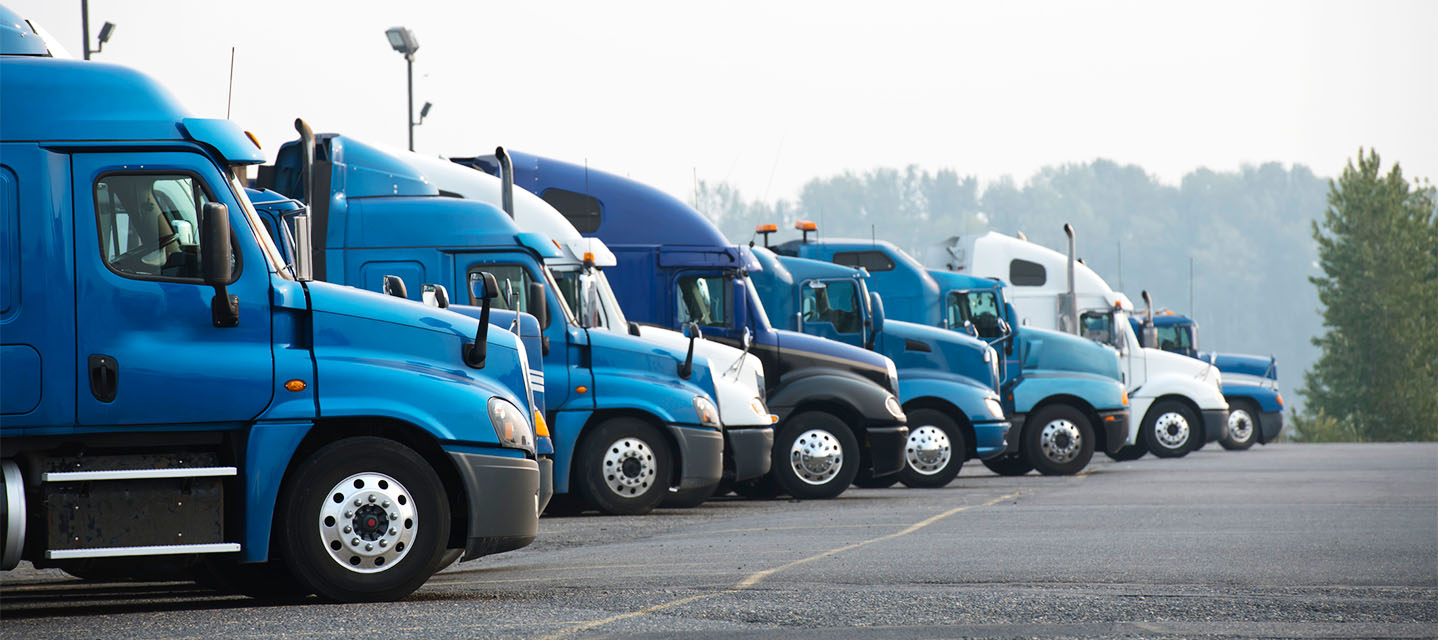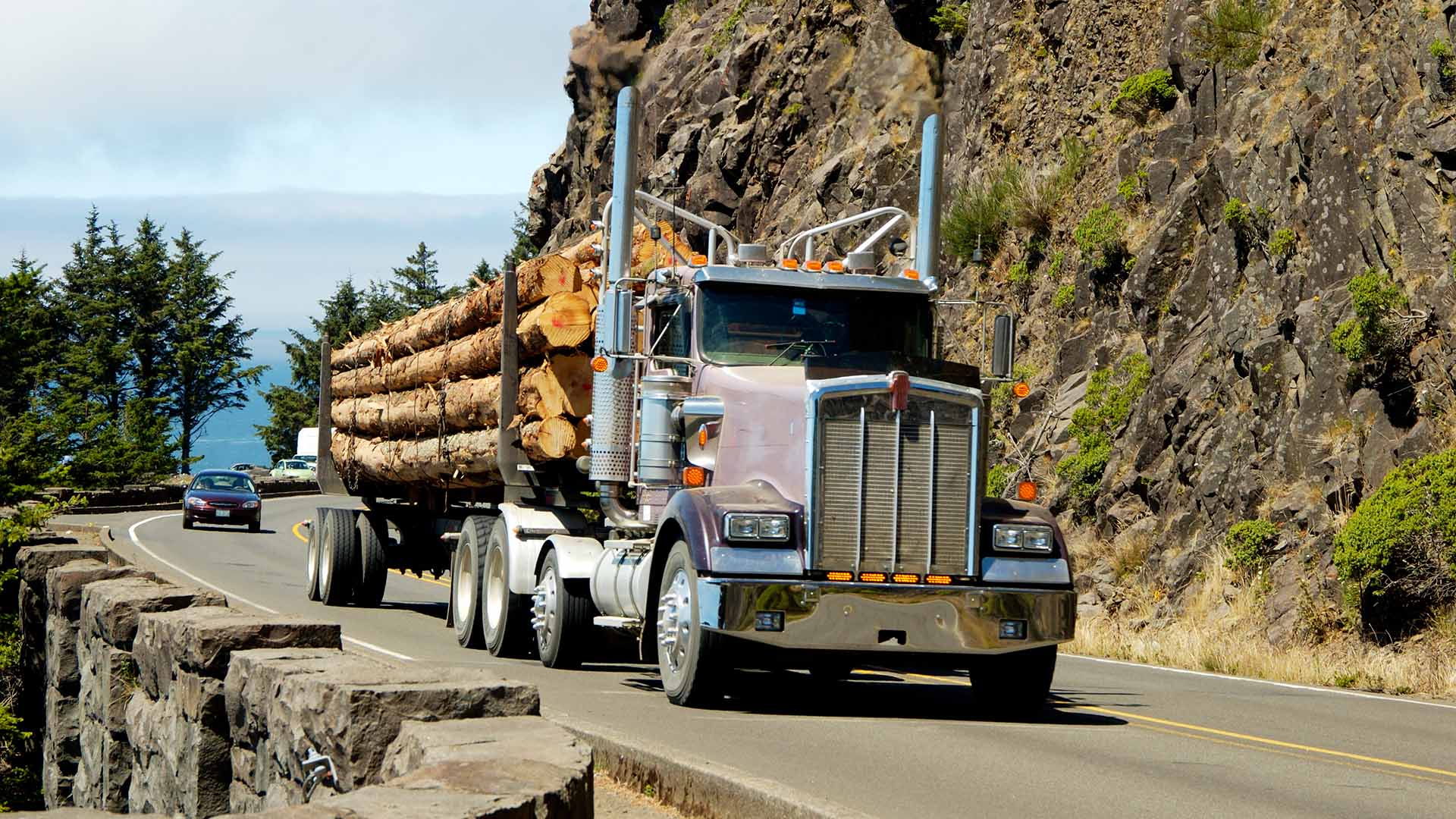Should I lease or buy my trucks?
Read the latest tips from Geotab’s expert in truck leasing.


Have you ever found yourself asking: should I lease or buy my trucks? Read on to learn what may work best for your fleet.
One option is leasing all or even some of your trucks instead of investing ownership, which can incur high maintenance costs. Large and small leasing organizations have operated for many years and generally do an excellent job supporting customers. There are many available options, from basic to full-service, to match your needs.
If leasing sounds appealing, you’re not alone. More fleets are opting to lease trucks rather than buy them. An IBISWorld Industry Research Report on truck rentals shows the leasing industry growing at a rate of 3.2%. Another market research study predicts the global truck rental market will grow 15.3% CAGR (Compound Annual Growth Rate) between 2019 and 2024. Fleet managers however have many reasons for choosing to lease all or part of their fleet. Here are a few:
1. Staying up-to-date with technology
Every year, OEMs make improvements in their trucks. New technology can help with advanced emission systems, improve fuel mileage and much more. Imagine being able to upgrade your fleet while leveraging new, cost-saving technology, rather than waiting years to purchase vehicles? In the long-term, leasing new trucks can help you save money. It can also help you retain drivers, who prefer, like many of us, to drive new models. Geotab’s telematics products work with every OEM, year, make and model.
.png)
Volvo Plant in Dublin, VA on December 9, 2019
2. Minimizing maintenance costs
Keeping your trucks running efficiently is critical to business success. To do that, you need good mechanics, investment in parts, real estate to house those parts and a place to repair and maintain your trucks. One viable, pay-as-you-go option is to hire a third-party to maintain your trucks. Instead of being proactive with scheduling maintenance, however, many fleet managers wait until they absolutely have to seek help, which sometimes costs more than if they got the problem fixed right away.
Alternatively, businesses can include all preventive maintenance and repairs in their lease, eliminating surprise repair bills. They can also receive on-going preventive maintenance, as many leasing partners have facilities dotted across the USA and Canada. Geotab’s telematics solution provides top engine diagnostics, which flag and identify specific problems without requiring you to take the truck to the shop. You can then plan with your leasing company the best way to solve the issue.

See also: The impact of COVID-19 on commercial transportation and trade activity
3. Staying compliant
Some leasing companies also offer IFTA (Fuel Tax Reporting) and compliance management which can reduce labor costs, or reallocate those labor costs elsewhere. Geotab provides all the mileage necessary for IFTA reporting.
4. Improving utilization
Do you know if all your trucks are used to full capacity, or if your business is seasonal? Are some of your locations busier than others? Perhaps you are unsure of each truck’s utilization. Review each vehicle’s mileage per month, plus hours used. If one truck has significantly less mileage than the others, you may want to consider leasing. Your business needs will help you decide what kind of lease best fits your requirements. Geotab has many reports based on utilization that you can leverage to form intelligent business decisions.
Many fleets today have a combination of owned, leased and rental trucks. Leveraging your telematics data enables you to better understand your costs, such as maintenance, fueling, IFTA reporting and utilization. You can then make a better business decision and determine if full or partial leasing is right for your fleet.
Learn more solutions for rental fleet management that could help your fleet.
Subscribe to get industry tips and insights

Robin Kinsey has over 25 years of sales experience in a combination of individual contributor and sales management.
Table of Contents
Subscribe to get industry tips and insights
Related posts

The impact of unproductive idling on police vehicle service life
June 10, 2025
3 minute read

Multi-stop route planners: A fleet manager's guide + best tools in 2025
June 5, 2025
5 minute read

Commercial truck insurance cost: Rates by state + how to save
June 5, 2025
5 minute read

Fuel efficiency techniques every truckload carrier should know
May 30, 2025
3 minute read

